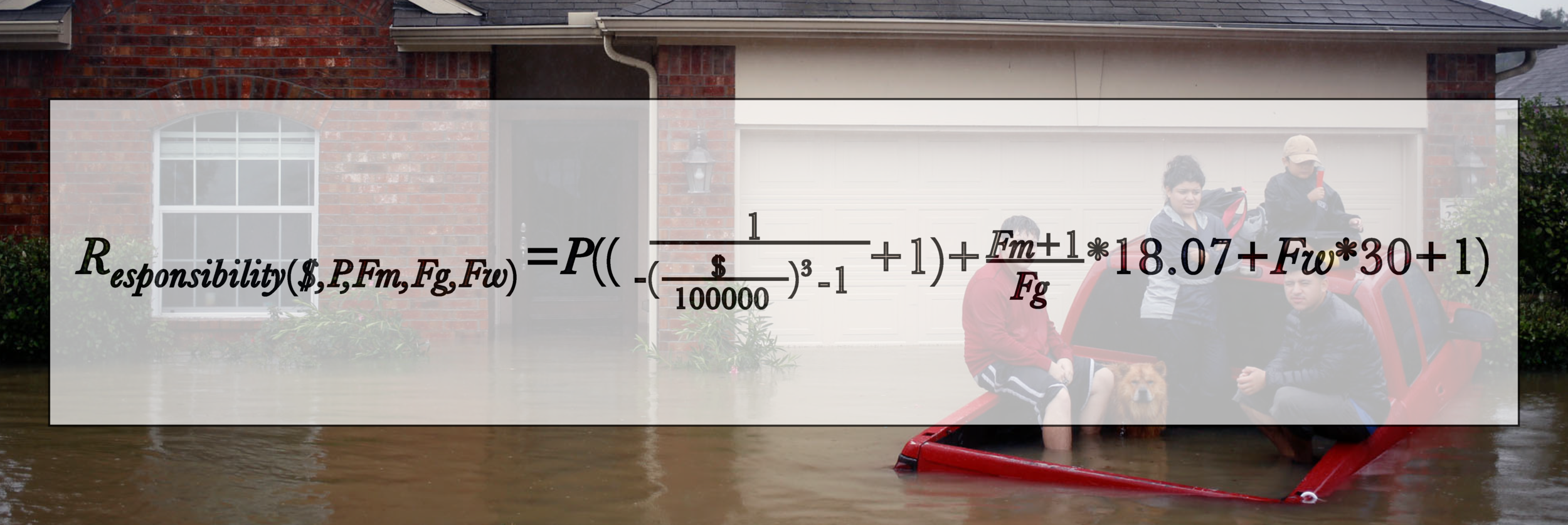The Mathematics of Activism
By Division 4 students Clary and Miles
Last trimester, the Division 4 Mathematics, Science, & Technology class, Mathematical Modeling, took on the creation of our very own ranking functions. A ranking function takes numerical inputs—like test scores or student:faculty ratios to rank colleges—and weights and combines them into a single output. Many ranking functions, instead of actually ranking multiple possible outputs, are designed with a threshold for making a decision, like whether or not you should call in sick to work. Working together, the two of us chose a politically relevant topic to model with our function: should you attend a protest?
Almost everyone has been frustrated about the political climate at some point, and it’s hard to know what to do with that anger besides push it down. However, sometimes it reaches a point when we need our voices heard, and we need a group of people who will yell with us. Once we’ve reached that point, and we hear about a gathering of that sort, we need to make a decision: do we go to the protest, or do we save our energy?
We brainstormed 20 variables that might be included in such a decision. Some were about safety: your race, your citizenship status, and the size of the group with whom you’d be going. Others dealt with convenience, like the weather and the location of the protest. We also considered how important the protest was. This last category we strived to measure quantitatively and objectively, so in the end we included the number of days until or since a relevant political event, along with a subjective measure of personal importance. We chose distance in minutes of travel and mode of transportation to address convenience. Personal safety is a different question for everyone, as we all have different factors that might make us safer or endanger us in an action of civil disobedience. Immigrants and refugees might be more concerned about potential arrest and people of color are likely to be concerned about potential police brutality. Everyone thinks about who they’ll be with at the time – after all, there’s safety in numbers. We decided on two variables: a measure of police brutality based on race, using statistics from the FBI, and group size to deal with safety. Of course there were many other variables that were worth considering, but these were the ones we started working with. With graph paper notebook pages covered in sketches of our functions, we designed and revised ways to weight these variables and the relationships between them.
One question that kept reappearing was how this score could really be effective for potential protesters, since in reality the biggest question is often the expenditure of personal time. Other work can be just as effective in bettering the world than these actions of raising our voices, which can often feel fruitless. Seeking the right combination of activism and anger is a true challenge. We weren’t able to touch on that, so this function is really just part of a larger question.
We created this function largely because it is of great personal importance to us. Both of us are politically active, but we frequently feel as though we aren’t doing quite enough. This function allows self-declared activists the space to step back from this kind of vocal work. We also specified in the paper that in no way should this function be treated as infallible or always correct. But, we think it’s a good place to start, and deliberating over our function gave us a deeper understanding of this all-too-common decision in these troubling times.
Click here and check out another paper on considering one’s role in solving climate change.


